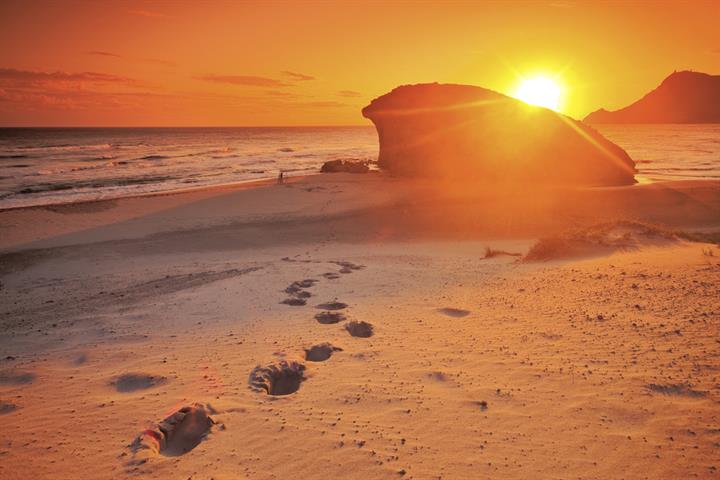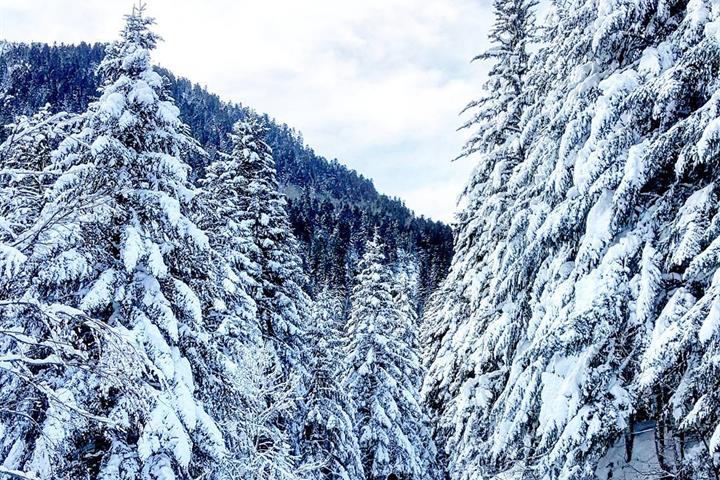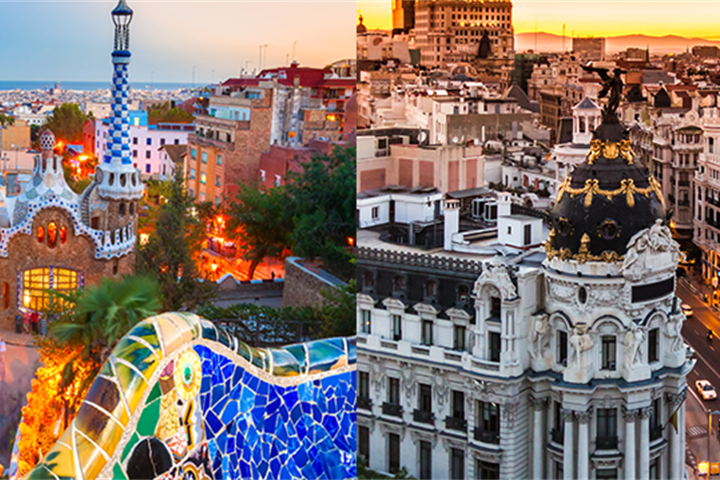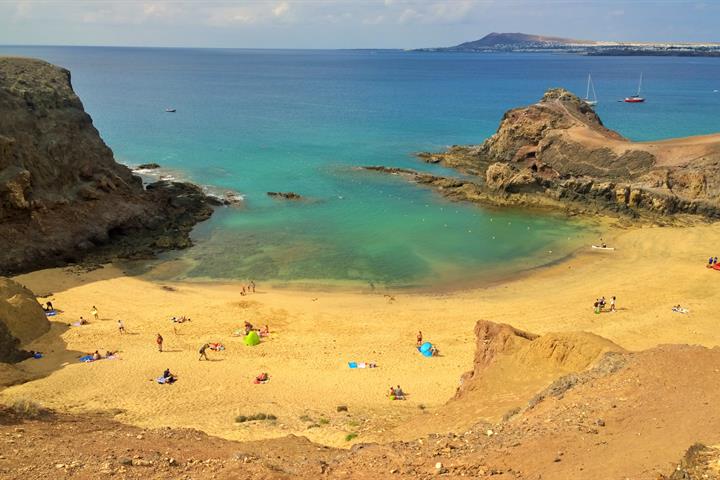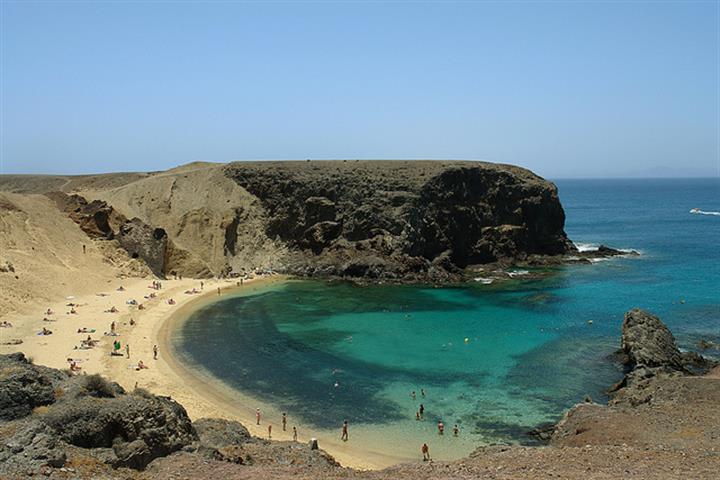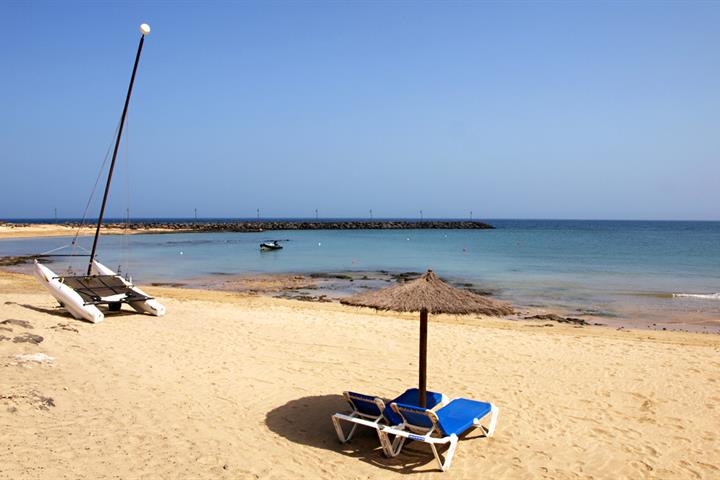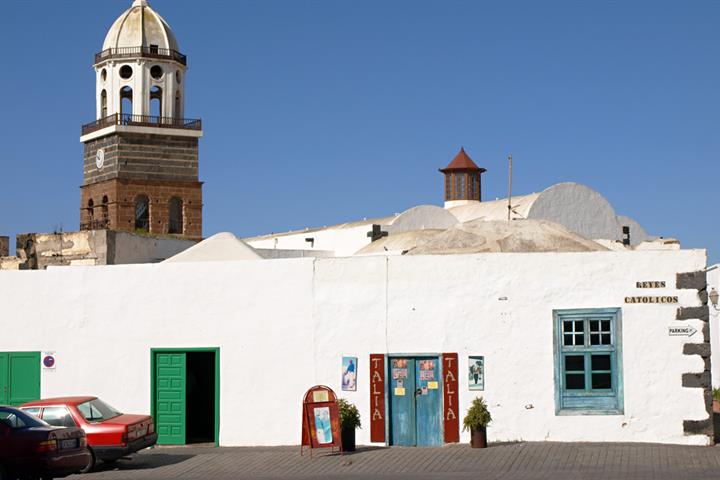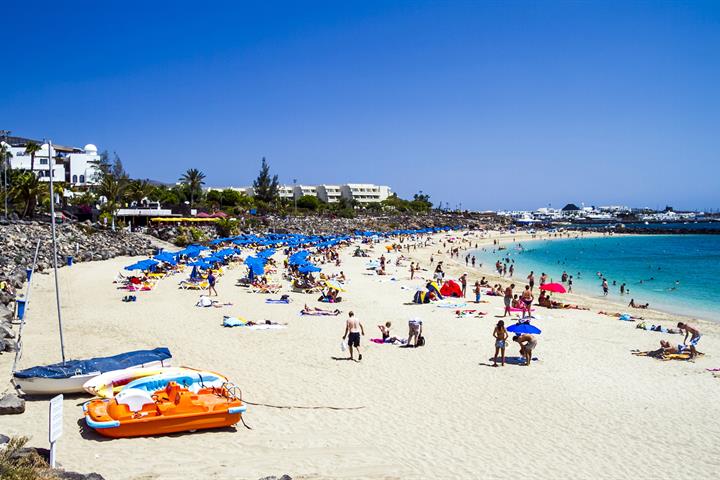Lanzarote - informacja turystyczna i wideo
Informacje wakacyjne, fakty, zdjęcia i wideo - Lanzarote
Wyróżnione domy wakacyjne w na Lanzarote
Rzeczy do zrobienia
Ciekawe miejsca do zobaczenia na Lanzarote
Opinie - Lanzarote
Średnia ocen - Na podstawie 571 opinii.
Miasto
| Miasto: |
Dodany przez: Krzysztof
2016-04-25
Ta opinia jest w języku polski
Ta opinia jest w języku polski
Zgłoś nadużycie
Uważasz, że to nadużycie
| Miasto: |
Dodany przez: Thomas Wynne
2021-12-01
Ta opinia jest w języku angielski
Ta opinia jest w języku angielski
Zgłoś nadużycie
Uważasz, że to nadużycie
| Miasto: |
Dodany przez: GAUDIN
2021-11-08
Ta opinia jest w języku angielski
Ta opinia jest w języku angielski
Zgłoś nadużycie
Uważasz, że to nadużycie
| Miasto: |
Dodany przez: Elaine Steel
2021-10-05
Ta opinia jest w języku angielski
Ta opinia jest w języku angielski
Zgłoś nadużycie
Uważasz, że to nadużycie
| Miasto: |
Dodany przez: David Rushall
2021-10-05
Ta opinia jest w języku angielski
Ta opinia jest w języku angielski
Zgłoś nadużycie
Uważasz, że to nadużycie
| Miasto: |
Dodany przez: Maggie Wright
2021-10-04
Ta opinia jest w języku angielski
Ta opinia jest w języku angielski
Zgłoś nadużycie
Uważasz, że to nadużycie
| Miasto: |
Dodany przez: Molly Corvaisier
2021-09-06
Ta opinia jest w języku angielski
Ta opinia jest w języku angielski
Zgłoś nadużycie
Uważasz, że to nadużycie
| Miasto: |
Dodany przez: Stefano
2021-08-30
Ta opinia jest w języku hiszpański
Ta opinia jest w języku hiszpański
Zgłoś nadużycie
Uważasz, że to nadużycie
| Miasto: |
Dodany przez: Anisse mounahid
2021-08-25
Ta opinia jest w języku angielski
Ta opinia jest w języku angielski
Zgłoś nadużycie
Uważasz, że to nadużycie
| Miasto: |
Dodany przez: Ana
2021-08-08
Ta opinia jest w języku hiszpański
Ta opinia jest w języku hiszpański
Zgłoś nadużycie
Uważasz, że to nadużycie
| Miasto: |
Dodany przez: Melanieknight
2021-08-02
Ta opinia jest w języku angielski
Ta opinia jest w języku angielski
Zgłoś nadużycie
Uważasz, że to nadużycie
| Miasto: |
Dodany przez: Kind Andy
2021-07-26
Ta opinia jest w języku angielski
Ta opinia jest w języku angielski
Zgłoś nadużycie
Uważasz, że to nadużycie
| Miasto: |
Dodany przez: Raymond Jaynes
2021-07-17
Ta opinia jest w języku angielski
Ta opinia jest w języku angielski
Zgłoś nadużycie
Uważasz, że to nadużycie
| Miasto: |
Dodany przez: Heather
2021-07-12
Ta opinia jest w języku angielski
Ta opinia jest w języku angielski
Zgłoś nadużycie
Uważasz, że to nadużycie
| Miasto: |
Dodany przez: Michelle Darlington
2021-07-03
Ta opinia jest w języku angielski
Ta opinia jest w języku angielski
Zgłoś nadużycie
Uważasz, że to nadużycie
| Miasto: |
Dodany przez: John & Annie Campbell
2021-01-07
Ta opinia jest w języku angielski
Ta opinia jest w języku angielski
Zgłoś nadużycie
Uważasz, że to nadużycie
| Miasto: |
Dodany przez: LE BIHAN
2020-12-27
Ta opinia jest w języku angielski
Ta opinia jest w języku angielski
Zgłoś nadużycie
Uważasz, że to nadużycie
| Miasto: |
Dodany przez: Rachel Campbell
2020-11-26
Ta opinia jest w języku angielski
Ta opinia jest w języku angielski
Zgłoś nadużycie
Uważasz, że to nadużycie
| Miasto: |
Dodany przez: MAOUI
2020-10-22
Ta opinia jest w języku angielski
Ta opinia jest w języku angielski
Zgłoś nadużycie
Uważasz, że to nadużycie
| Miasto: |
Dodany przez: David Rushall
2020-10-18
Ta opinia jest w języku angielski
Ta opinia jest w języku angielski
Zgłoś nadużycie
Uważasz, że to nadużycie
